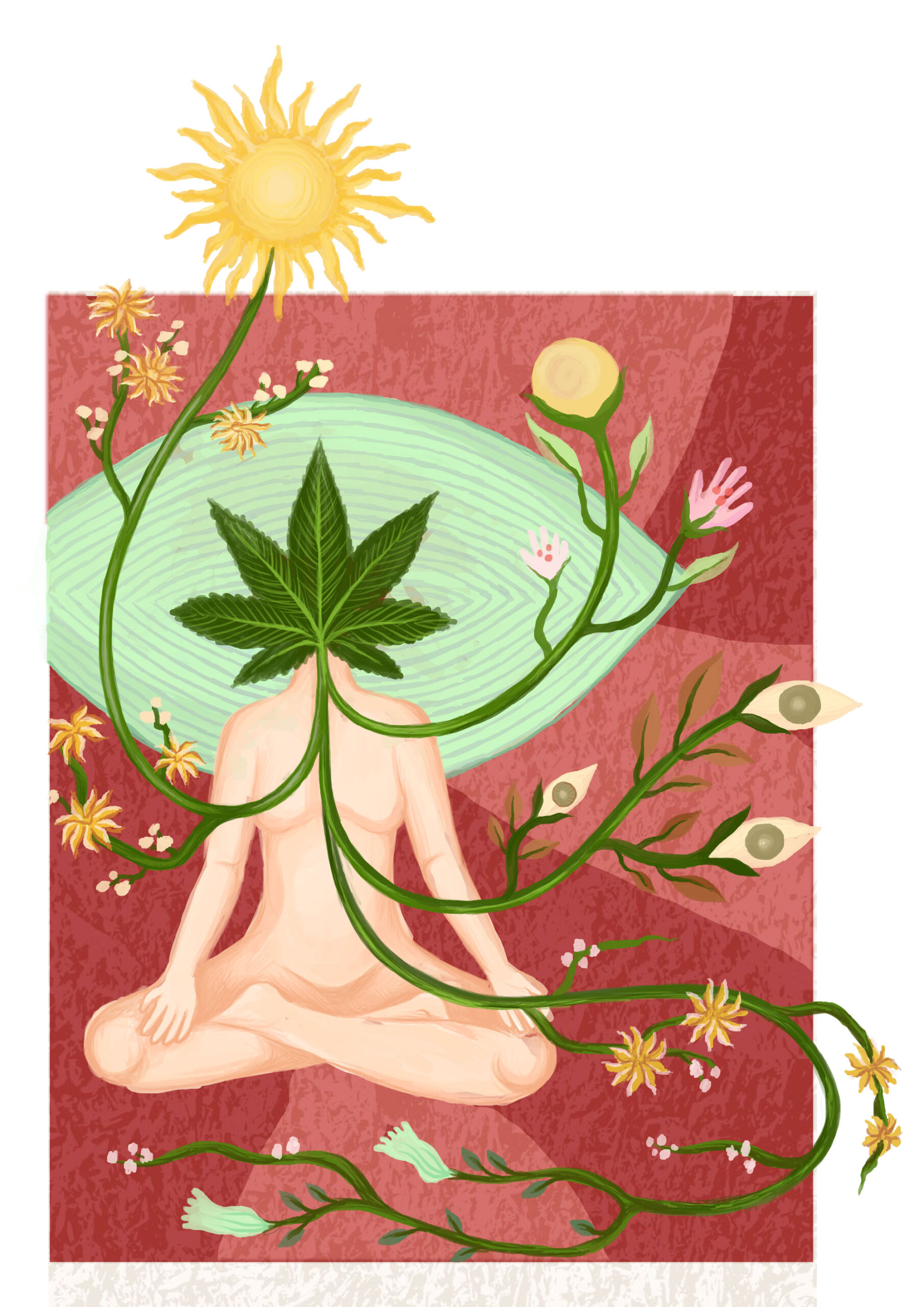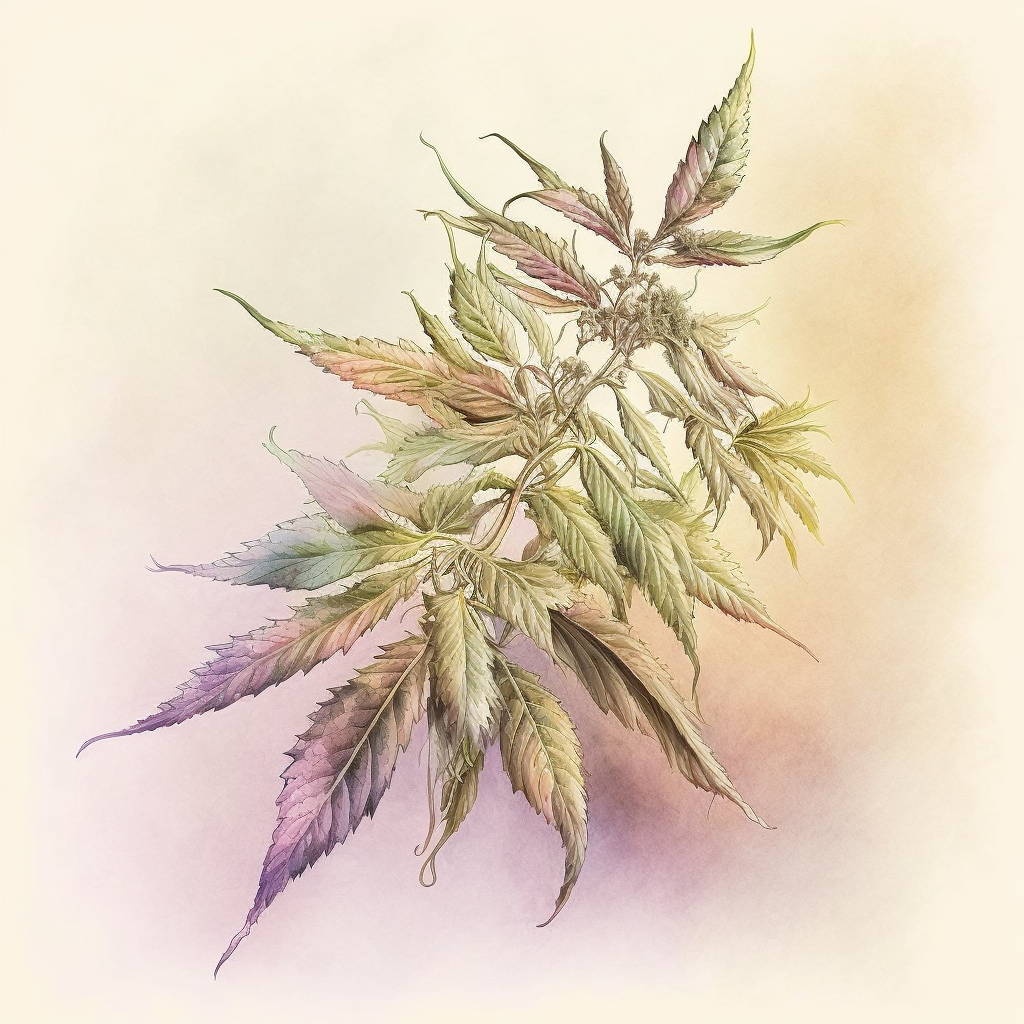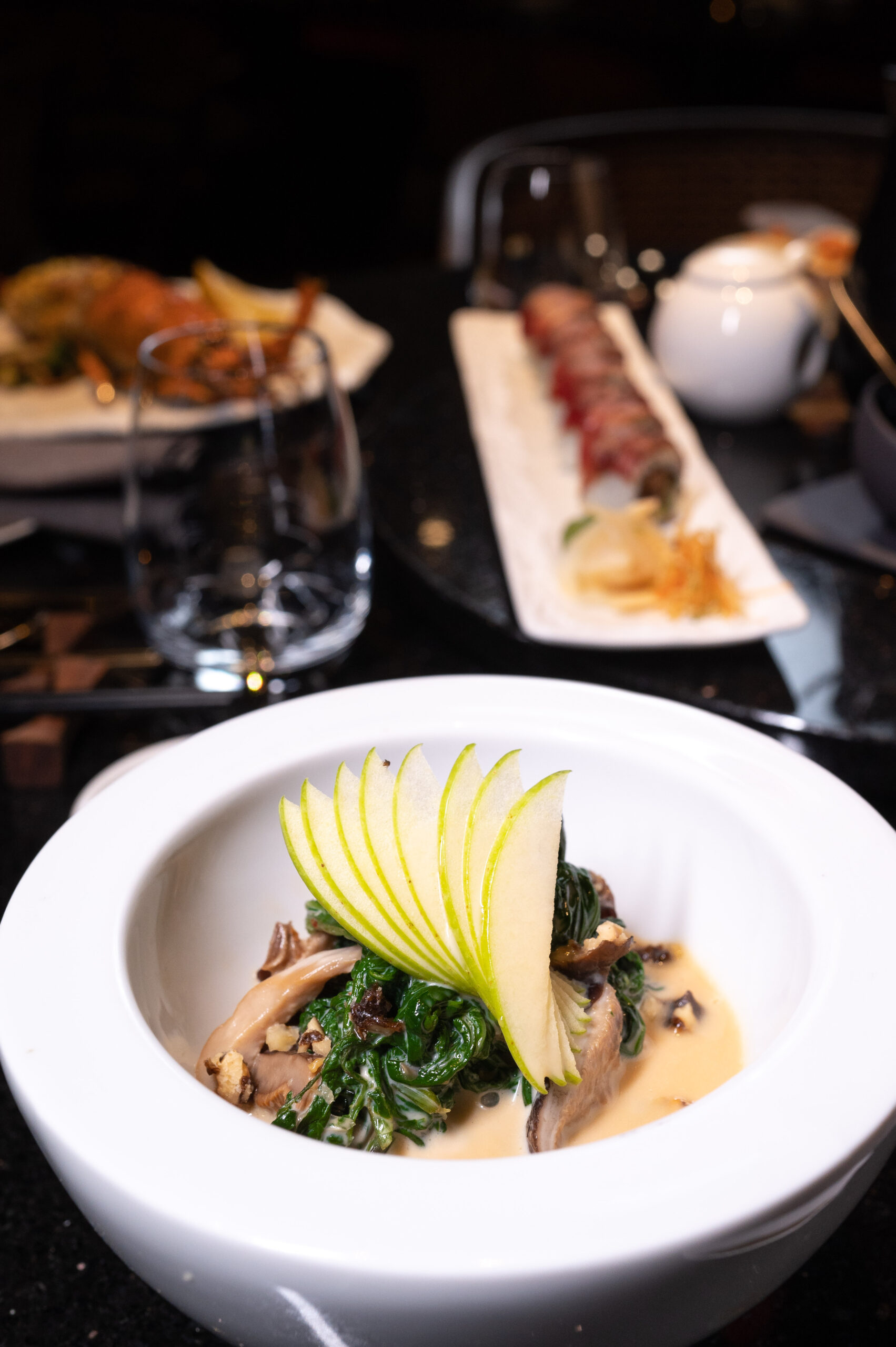Bhang. Charas. Gaanja. Weed. Marijuana. Hemp. Whatever you may call it, it’s astounding how one plant – Cannabis Sativa – has captured generations of people over millennia, supporting the health, cultural and religious growth of civilisations across the world. It is such an intricate part of world history that it’s difficult to isolate where it began.
In India, its origins seem to commence with Lord Shiva, when the Hindu devas (gods) and asurs (demons) joined forces and together stirred the ocean to produce amrit (elixir of immortality). In the more popular version, when Lord Shiva drank the poison, a by-product of the churned ocean, his throat turned blue (Neelkanth), and he was agonised by the burning poison. His consort, goddess Parvati, churned some bhang, and he was then relieved of the pain. Another version of the story tells that marijuana plants grew wherever the drops of this elixir fell on Earth. This mythical story is quite a reality as this miracle plant has proven to be precious for healing, even in the modern world.
Hemp or Cannabis or Marijuana?
Hemp and marijuana have often been interchanged to mean the same thing, but they are not. To put the terms in perspective, Cannabis Sativa is the flowering plant, different parts of which are cultivated for different purposes. The main psychoactive constituent (which makes one get ‘high’) of Cannabis is tetrahydrocannabinol (THC).
Hemp, or industrial hemp, is a botanical class of Cannabis sativa cultivars grown specifically for industrial or medicinal use. It can be used to make a wide range of products. The stalk gives fibre for textile, insulation and ropes; and hurds for paper, organic compost, animal bedding, and fibre board. Hemp seeds give oil for cooking, body care products, fuel and paint; seed cake for flour, beer and animal feed; and hemp nut for dairy, bakery and other food items. The roots, leaves and flowers give medicine, compost and animal bedding.
The main difference between hemp and marijuana (also coming from Cannabis Sativa), is the percentage of THC in them. Although legal definitions may vary across the world, broadly, hemp has only 0.3 per cent or less THC, whereas marijuana can have upto 15 per cent THC in it, making it the drug for recreation.
But how did a plant, that was in consumption from almost 50,000 years ago, suddenly vanish?
The Changed Narrative
As newer raw materials came to the fore, hemp started losing its lustre. Cotton was easier to process, polyester and other synthetic fibres were low maintenance. Faster-acting medicines and chemicals replaced hemp in medicinal formulations.
The demonisation of cannabis also accelerated its demise. The ill-effects of marijuana and weed on health and society characterised hemp – their benign sibling – as harmful too. In 1894, during Britain’s rule in India, the British government conducted a study on cannabis growth in India and came up with certain laws and regulations to tax and limit its growth.
The Indian Hemp Drugs Commission (1894-1895), therefore, regulated the use and processing of cannabis in India. Various Indian states passed laws repressing and criminalising hemp growth in India, as well as the processing and consumption of cannabis products. After the Single Convention on Narcotic Drugs (1961) and the Convention on Psychotropic Substances (1971), India passed the Narcotic Drugs and Psychotropic Substances Act, 1985 (NDPS Act), which regulates the cultivation, production, sale, transportation, possession, and use of narcotic drugs, psychotropic substances, and other manufactured drugs. Once at the peak of production and export of hemp, India stopped farming hemp.
Hemp – Here and Now
Hemp is finally getting its star moment again. In 2015, a movement to legalise hemp farming – fuelled by increased awareness towards environment and natural healing – began. Uttarakhand was the first Indian state to reframe its industrial hemp policy by issuing hemp cultivation licences since 2018. And the Indian Industrial Hemp Association (IIHA) was the first to legally cultivate hemp after being granted the licence in Uttarakhand. IIHA now produces hemp fibre, seeds and hurds which they sell further to promote manufacturing of hemp products.
Following the legalisation of hemp farming by Uttarakhand, Uttar Pradesh followed suit and legalised hemp farming under the supervision of the Excise Department. In November 2021, the Food Safety and Standards Authority of India (FSSAI) issued a notification to allow hemp seed, hemp seed oil and hemp seed flour to be sold as food or to be used as a food ingredient.
Since then, there has been a boom. Companies and people that have realised the ancient benefits of this mythical plant have sprung forward to offer a vibrant marketplace sprouting with hemp products.
The Rise of Hempreneurs
As per a Market Analysis Report by Grand View Research, the global industrial hemp market size was estimated at USD 4.13 billion in 2021 and is expected to grow at a compound annual growth rate (CAGR) of 16.8% from 2022 to 2030.
Atharva Veda, which was written sometimes between 2000 and 1400 BCE, mentions cannabis as one of the “five sacred plants”. The herbal healers of India used bhang for a large number of diseases, many of which modern science has just begun to identify, including epilepsy, chronic pain, insanity, colic, rheumatism, anorexia, bronchitis, diabetes, asthma, malaria, and cold. Realising this, hemp is slowly finding its way into our life and hearts. And with good reason. It’s one of the healthiest, most proliferating, sustainable plants around. Yash Kotak, Co-Founder & Chief Marketing Officer of Bombay Hemp Company (BOHECO), ascertains this fact: “As a crop, hemp has the ability to sequester high amounts of atmospheric carbon dioxide (as much as 15 tonnes per hectare) which makes the crop and all its by-products sustainable.” BOHECO makes fabric, beauty products and food items with hemp.
Nitin Passi, Chairman and Managing Director of Lotus Herbals, goes further into granule level to explain the growth pattern of hemp. “The humble Hemp grows vociferously in ideal conditions, making sustainable cultivation a breeze. The tuberous structure of Hemp’s roots makes it an extremely water-efficient crop. Furthermore, the nature of these roots to penetrate the earth far and wide in search of water aerates the soil, making it more fertile for subsequent crops. The natural qualities of the crop make it resilient towards pests and insects, rendering the use of chemicals in farming unnecessary and the cultivation a win-win,” he explains. Lotus Herbals, one of the earliest modern Indian skincare brands, now has a hemp range of beauty products called Lotus Organics+. Lotus Herbals also owns beauty brand SoulTree which relies on hemp in its skincare products.
As a source of nutrition, hemp seeds are the ultimate superfood, rich in vitamins, proteins, antioxidants, and essential fatty acids like Omega 3 and Omega 6 which help bolster brain, heart, skin and gut health.
Because of its nutrient-rich constitution, hemp oil has proven to be an elixir. Apart from simply improving skin and hair quality, it has a miracle ability to relieve mental stress. Our digital lives, coupled with recent pandemic-related anxieties, have brought forth the importance of mental health. Hemp has proven to be a beneficial ally in that fight. Awshad, a neo-vedic Indian wellness brand, offers CBD oils that help relieve anxiety, inflammation, insomnia and more.
Adding an element of fun to hemp is Satiwa, a craft gin brand from Goa, that also includes hemp in its formulation! “Our ingredients include juniper, hemp seeds, coriander, orange, cardamon, fennel, cinnamon, black pepper, rose, lemongrass and angelica roots, but hemp still stays our star ingredient considering its unique and quite new in the craft spirit space in India. Apart from being sustainable, hemp also gives a nice nutty flavour to the spirit,” explains Sahil Adwalpalkar, Founder of Satiwa. The brand’s next product is going to be a hemp craft rum.
In the home space, it’s not unusual to hear of hemp being used in carpets and other soft furnishings. Divya Living is one brand that uses a small percentage of hemp in its rugs. Hemp works as a superior component as a fabric because it is a natural plant-based yarn which is quite strong and most durable of all natural textile fibres. The beauty of this yarn is that it gets better with age! Hemp is resistant to UV light, mould and mildew. It is eco-friendly and biodegradable. It is also easy to dye hemp as it is highly absorbent.
The same reasons apply for hemp being used in clothing. OG & Co. is an organic athleisure brand that uses hemp along with bamboo and beech wood in its products. “Fifty-five per cent hemp is used in our hemp blended clothes. These are mixed with organic cotton,” says Urshila Rao Ganji, the 25-year-old Founder & Creative Head of OG & Co. “The feel of the [hemp] fabric is luxurious in all ways,” she explains further.
If that’s not enough, hemp has made its way into construction as well. Hempcrete – concrete made with hemp – is turning out to be an in demand green building material. GreenJams is the only company in India that makes hempcrete and Agrocrete (made from general crop residues and by-products of steel and power industries).
Hemp (and other biomass such as paddy straw, cotton stalks, bagasse, corn stalks, etc.) have multiple benefits when used as a construction material. “By leveraging the carbon negative aspect, we are able to lower the carbon footprint of built structures – goals that are extremely important for our clients. The lightweight nature helps us make larger blocks which reduce construction cost and time. The improved thermal insulation reduces the lifetime operational costs of the building by reducing the energy consumption,” explains Tarun Jami, Founder of GreenJams.
The Future
“In a word, the future of hemp in India is bright. This can be credited to not only India’s intrinsic relationship with the plant but also the global medical cannabis movement which began accelerating once US states began legalising its use as remedies to various ailments. This in part has also contributed to overturning the misconceptions pertaining to its use and effects,” says Kotak of BOHECO.
The well-travelled Indian is leading the movement in asking for hemp products. But others are not behind. Richa Jaggi, Co-founder & Chief Marketing Officer of Awshad, says, “Seventy per cent of our customers are already very well versed with CBD due to its popularity in the West, and the rest of our customer base is very curious to learn and understand how it can benefit them and they are always delighted to understand that it’s absolutely natural plant based medicine with a myriad of benefits.”
Apart from the misconceptions surrounding its effects, hemp businesses face the challenge of acquiring this raw material since its cultivation is still in nascent stages. There is a gap between the demand and supply.
“I see an abundance of rise in cultivation of hemp in India. We have one of the most fertile lands for agriculture…however a lot of products are using hemp for business. Be it protein powders, skincare, furniture, textiles, etc. The labour in India is economical for manufacturers, and I honestly think it’s only going to get bigger and better,” says Ganji of OG & Co.
These hempreneurs are regularly peppered with questions such as whether hemp is legal or whether it will make them go high. But that’s a positive sign as people gather knowledge about this ‘old-new’ herb and try to incorporate it in their lifestyle.
Hemp’s infiltration into our lives is not unwelcome. Its ancient goodness is being re explored, and thankfully so, as humans reinterpret the world around them. Hemp was sidelined for more modern counterparts. But its return is triumphant as it brings back a healthier, happier world. This popular Holi drink is, suddenly, more than just that!
Words by Soumya Jain Agarwal.
Illustration by Niyatee Khinvasara







